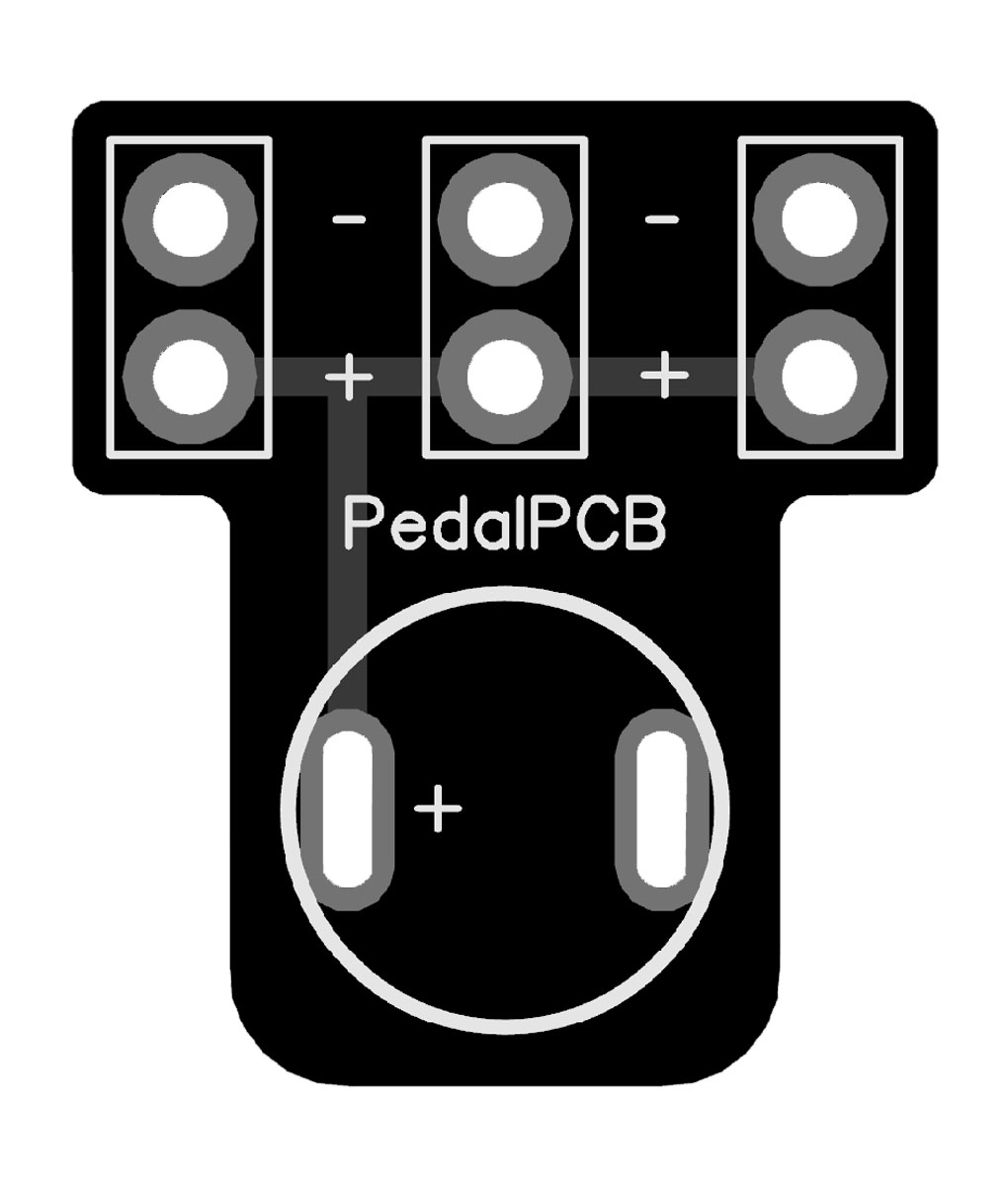iamjackslackof
Well-known member
Hi all,
I like to use those nice little thinline Luberg DC jacks. I also like to use relay bypass boards. Using the relay board means I need to run two hot and two ground connections from my DC jack. The Lumberg ones have a very small hole, and getting 2 connections becomes much more difficult.
This seems like a problem others have probably encountered, and probably solved. Anyone have any ideas? One option is to use much smaller gauge wire. I'm using I think 24 gauge, and it's the nice pre-bond stuff so I don't have to tin it. Ideally I'd be able to find some in a smaller gauge if I were to go that route, but I think given the size of the hole it would still be a tight fit will all but the smallest gauge. I've considered a breakout board as well, but seems like a bit of a hassle, and I'm not sure how to mount a Lumberg jack to a PCB, and it just adds to my part count and expense per board.
Thanks!
I like to use those nice little thinline Luberg DC jacks. I also like to use relay bypass boards. Using the relay board means I need to run two hot and two ground connections from my DC jack. The Lumberg ones have a very small hole, and getting 2 connections becomes much more difficult.
This seems like a problem others have probably encountered, and probably solved. Anyone have any ideas? One option is to use much smaller gauge wire. I'm using I think 24 gauge, and it's the nice pre-bond stuff so I don't have to tin it. Ideally I'd be able to find some in a smaller gauge if I were to go that route, but I think given the size of the hole it would still be a tight fit will all but the smallest gauge. I've considered a breakout board as well, but seems like a bit of a hassle, and I'm not sure how to mount a Lumberg jack to a PCB, and it just adds to my part count and expense per board.
Thanks!



